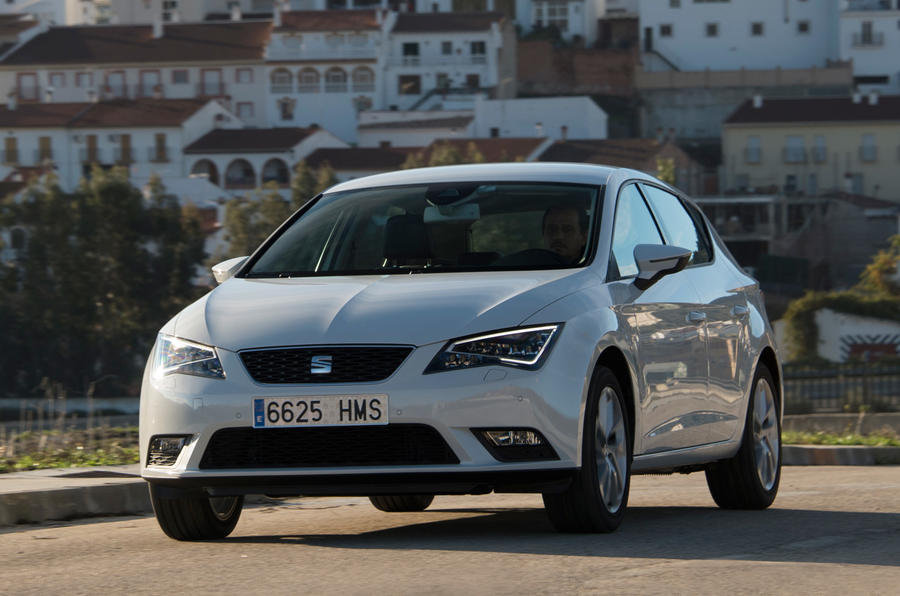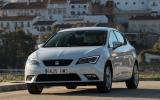What is it?
The third-generation Seat Leon – as revealed for the first time at the Paris motor show back in September.
Sister car to the latest Audi A3 and Volkswagen Golf, with which it shares up to 55 per cent of its structural, mechanical and electrical components, the distinctively styled hatchback is the third car to use the Volkswagen Group’s highly flexible MQB (modular transverse architecture) platform together with a range of new and/or improved four-cylinder petrol and diesel engines.
Styling wise, the new car builds on the highly technical theme already established on the Ibiza and also reflected in the appearance of the striking IBE, IBL and IBX concept cars. The sharp-edged look aims to appeal to a younger buyer audience than either the A3 or Golf. Love it or hate it, there’s no denying it is anything but distinctive.
As well as debuting Seat’s subtly altered corporate S badge on its grille and tailgate, the Leon is also the first car in its class to be offered with full LED headlamps – a feature set to become an identifying feature on all future Seat models, according to Matthias Rabe, head of the company’s research and development operations.
First drive review: 2013 Seat Leon FR TDI
At 4263mm in length, 1816mm in width and 1459mm in height, the new Leon is 52mm shorter, 48mm wider and 4mm higher than the outgoing model. The wheelbase also grows by 58mm to 2636mm to improve internal packaging and overall accommodation.
The adoption of the MQB platform provides valuable weight savings, with a seven fold increase in the amount of hot-formed high strength steel used within the body structure and other measures, bringing reductions of up to 90kg on a model-for-model basis.
As part of Seat’s efforts to broaden its appeal, the new Leon will be offered with a wider range of transversely mounted four-cylinder engines than before. Included in the initial line-up are five turbocharged direct-injection petrol and four turbocharged common rail diesels, although not all will be available in the UK from the outset.
Here we're driving the 1.4-litre petrol with 138bhp. All but the base petrol and diesel engines in the range receive a stop-start function and brake energy recuperation as standard. As with all but the more powerful diesels, this third-generation Leon has MacPherson strut front and torsion beam rear suspension.
Higher specification FR models also receive Seat Drive Profile, a system that allows the driver to alter the characteristics of the electro-mechanical steering, throttle mapping and engine sound in three modes – eco, normal and sport.





















Join the debate
Add your comment
Skoda fans should be
Skoda fans should be encouraged. 2013 Octavia should be the best of the three, going on Leon and Golf reviews. That's what will hurt Seat the most...
Golf has cylinder deactivation
... giving it a CO2 figure of 109g/km which is 4 brackets lower for company car tax, which could offset most of the extra cost of the Golf. The better residuals of the Golf could give you a close quote from lease companies.
The higher "loading lip"
The higher "loading lip" probably makes for a slightly stiffer bodyshell? So, if it improves handling/grip, then it's a good call IMHO.